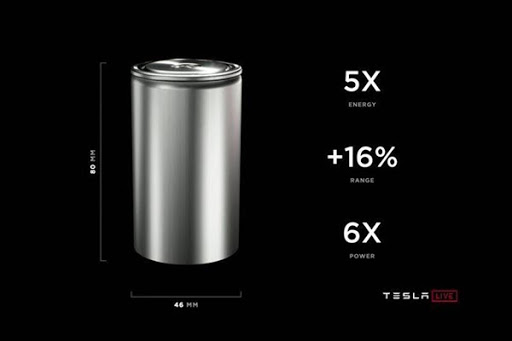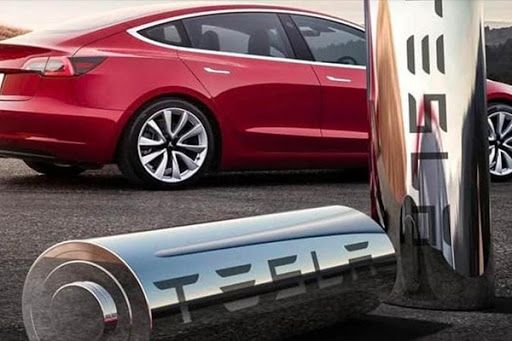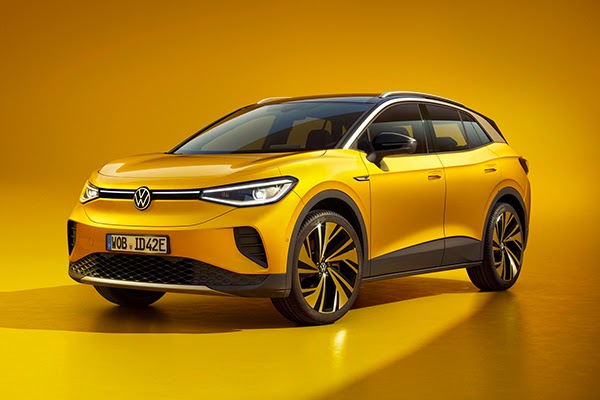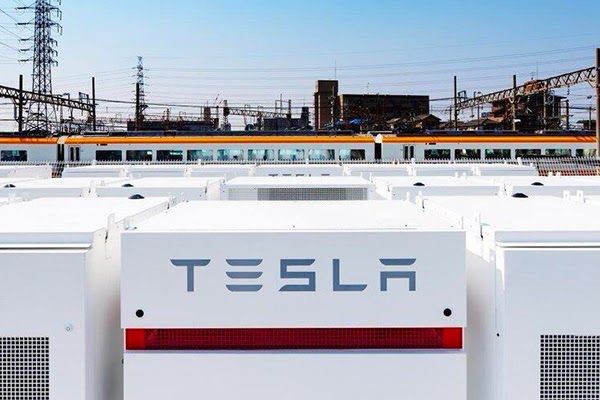The huge Tesla news and Elon’s determination are helping electric mobility in Europe.
Tesla caused shockwaves with its new promises for the next few years, including a Model 2 starting from less than EUR 25,000 with super eco-batteries made in the USA. In the meantime, in Germany, Elon Musk met with Volkswagen’s number one and tried the ID.3. The American and German businesses are market rivals, but are they collaborating for the electric revolution?

Many think of Tesla as a “forward-facing” brand but one that’s not for everyone. American cars with artificial intelligence that other brands cannot yet hope to have, native electric vehicles that are very quick and attractive, but costly. If anything, it’s Volkswagen (literally the People’s Car, in German) that some time ago launched a grand investment plan, with products and services aimed at democratising the electric car in Europe. Even the great Elon Musk, owner of Tesla and Space-X, to name but two of his projects, is invested in Germany. Recently, as he inspected work on the Gigafactory being built in Berlin, he even visited his rivals at Volkswagen.
Musk, who has always been heavily criticised by the whole of the Europe in relation to the iron industry, was pictured smiling at Germany’s iconic business alongside Herbert Diess. Afterwards, he took a test drive in the ID.3, destined to be the rival to his beloved Tesla Model 3. So, these two extremes, on paper, geographically and even in the 2020 catalogue of BEVs, are becoming increasingly affectionate towards each other. It could ring alarm bells, but for users who love electric mobility should be pleased. Here’s why. The common front displayed by these major players in the electric car industry is such that, even for those who fear an oligopoly, they are driving the rapid ascent of pure electric vehicles and the need for an infrastructure with dedicated services. So, it’s good that a huge symbol of the industry has such a long-term vision, that these international rivals have a common message in support of evolved mobility, for everyone and not just for a small target market.
There have already been some comments from the wife of Daimler’s new chief, predicting that the electric car is the destiny of Germany’s most powerful industries, meaning those that develop both popular and high-end cars. With Diess and Elon becoming allies, VW have done the right thing. It doesn’t really matter whether Tesla is near its European target, it will be interesting to find out if both see a future with cars that are increasingly less a means of travel and are more real containers of connected services, in safety.
It is hoped that it will be much less onerous for ideas relating to petrol cars to be transformed into added systems. For certain new BEVs, these will be concepts that are included from inception. Then we’ll see if the ID range can really deliver the low costs that the European market is asking for. Elon doesn’t yet have really low-cost models, like the entry-level model of the ID range which is widely expected to cost as little as EUR 29,000, but he said at Battery Day 2020 that from now until 2022 he will change the batteries in his Teslas, and that they will also bring cost advantages.

How? Gradually. First, Musk is amazing us with the record-breaking Model S Plaid. A soon-to-be-ready but expensive car ($140,000), it has a range of 800km, 1,100bhp and does 0-100km/h in under two seconds. Its top speed of 320km/h is superfluous on the road. But its amazing time of 1:30.3 makes it one of the fastest production cars to do a lap of Laguna Seca. A test at the Nürburgring is expected.
Then, the American company is also transforming itself into a producer of a new generation of economic batteries.

This is thanks to a mineral license to extract lithium in Nevada, but it will retain suppliers like Panasonic, CATL and Maxwell. Costs will be reduced, and new ecological methods will be used, like re-using raw materials which will eliminate the waste of metals and rare earth elements. The first step is the new 4680 battery which will be fitted in the future Model 2, if it’s going to be called that. The new small Tesla has been officially scheduled. Objective? To be on sale in the USA from $25,000. Even if, as we believe, the real final price in Italy may be higher, this is an absolutely key target. For fans of Tesla, the real electric car revolution will come when it overtakes the VW, which currently starts from EUR 38,000. We’ll find this out by 2023, by which time the German company will have extended its range of models, beginning with the greatly anticipated ID.4 and including models under the Seat or Skoda brands.

But let’s talk about batteries, which we’re all interested in, including rivals/friends that produce electric vehicles in Europe. Musk foresees a large reduction in cost. The estimate is that for every kWh, costs will be cut by more than 50% compared with today. Is this perhaps a real step towards the democratisation of EV? According to Musk’s staff, in the 2030s, EV batteries could cost $70 per kWh. The new 4680 battery, 14% cheaper than the previous cell whilst being more powerful, will be produced using new processes (dry electrode technology), and even the assembly process will be new. With a “Giga-Press” that reduces the need for factory space, thus meaning lower battery costs, which is a core element for a car’s strength.
Obviously, we won’t see all of the advantages immediately. The first of the new effects for the Tesla batteries will be felt in the next couple of years or so. They will coincide with the debut of the small Eco-Tesla with the 4680 batteries (the name comes from the elements’ size in millimetres).
In collaboration with:









